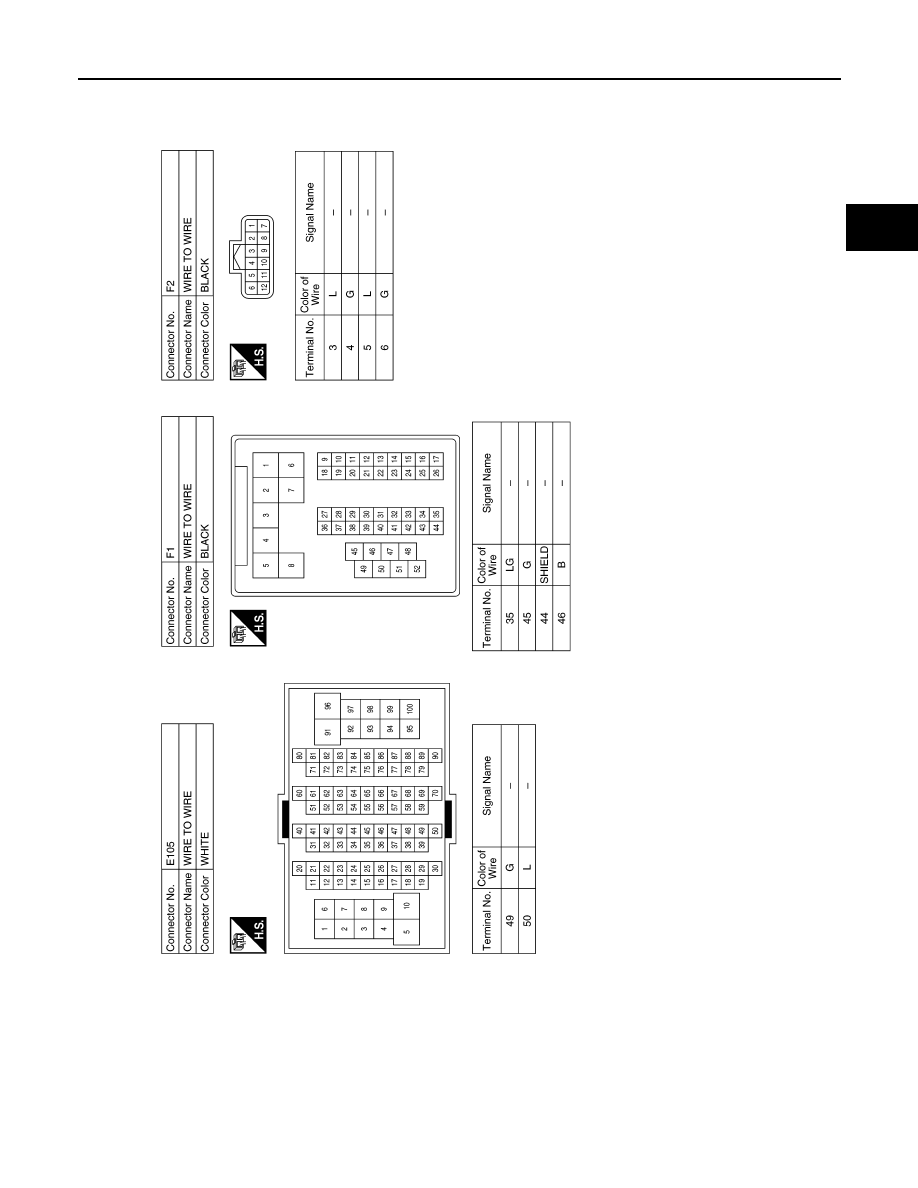Content .. 1186 1187 1188 1189 ..
Nissan Leaf. Manual - part 1188

TRACTION MOTOR INVERTER
TMS-33
< WIRING DIAGRAM >
D
E
F
G
H
I
J
K
L
M
A
B
TMS
N
O
P
AABIA1223GB
|
|
|
Content .. 1186 1187 1188 1189 ..

TRACTION MOTOR INVERTER TMS-33 < WIRING DIAGRAM > D E F G H I J K L M A B TMS N O P AABIA1223GB |